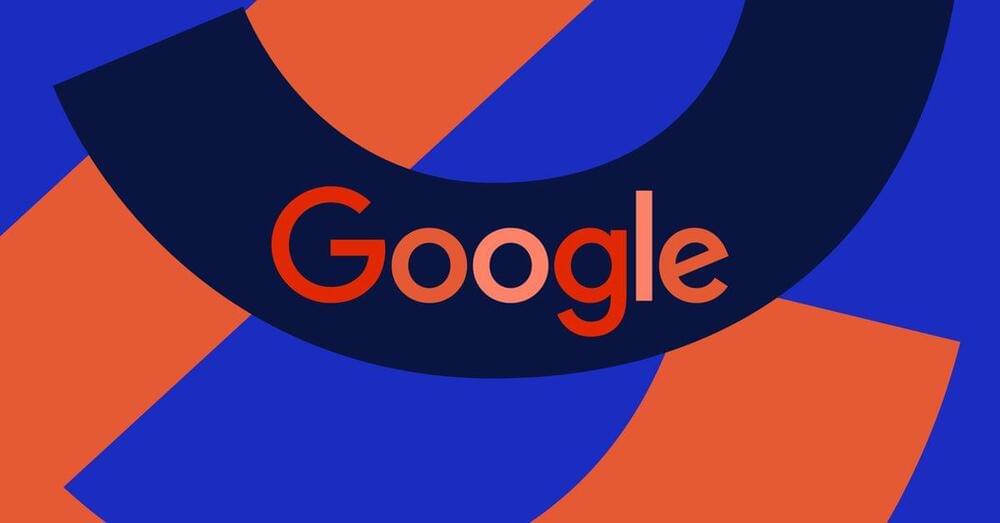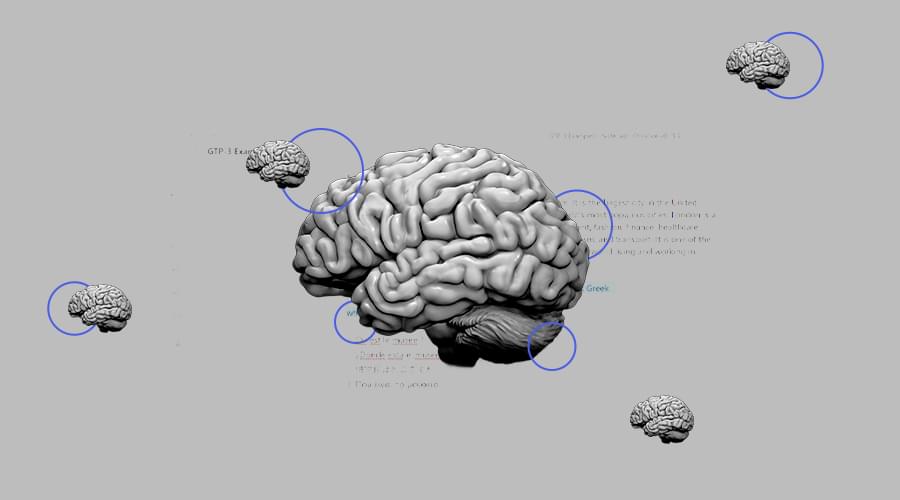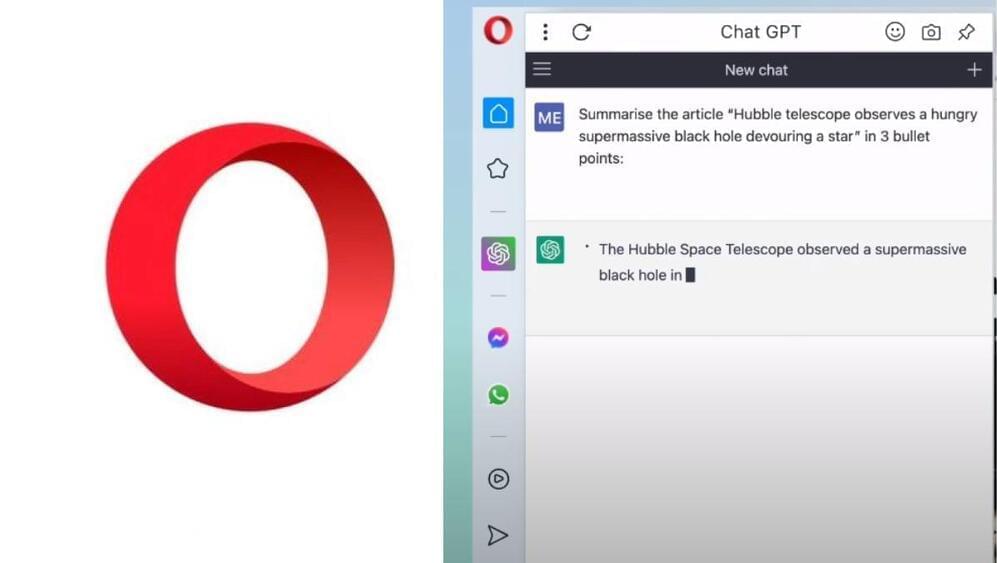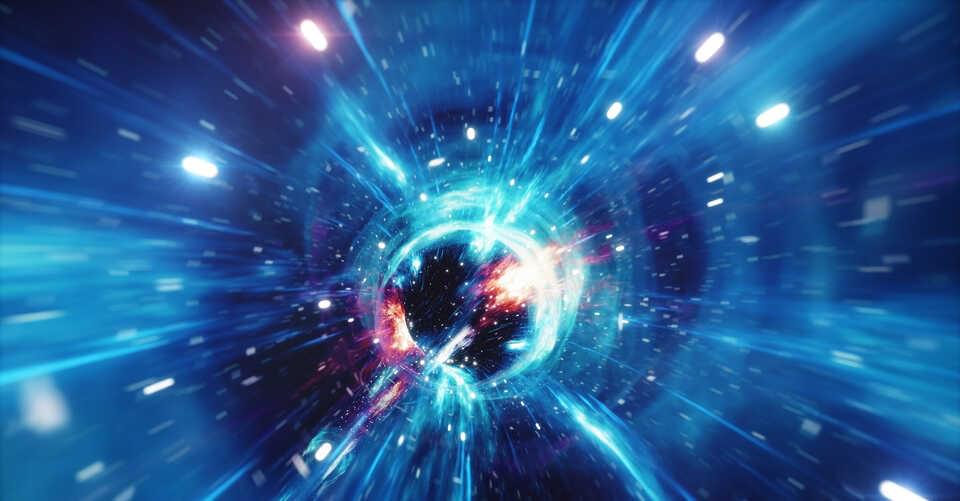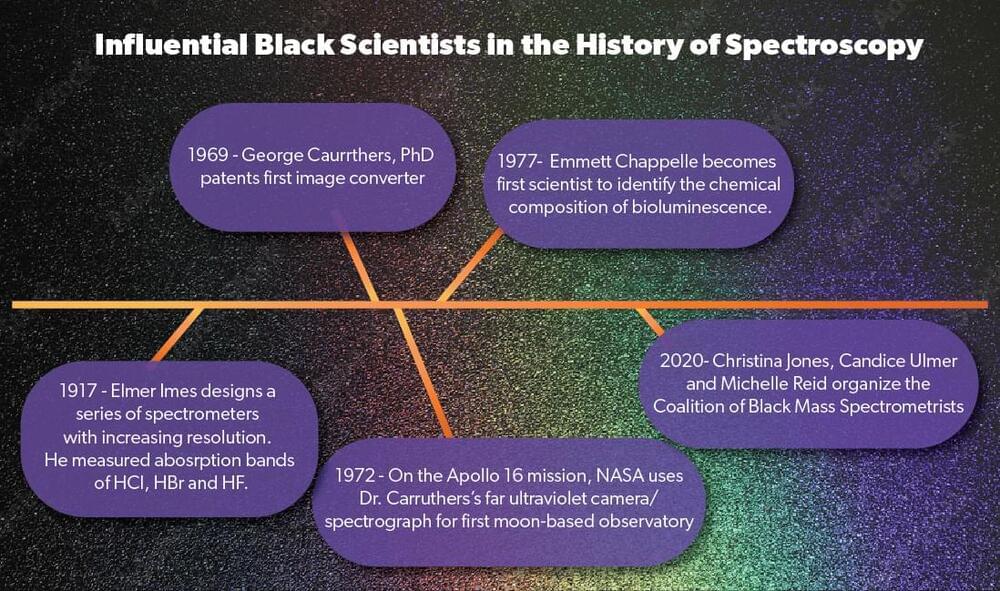Google employees criticized the company and CEO Sundar Pichai over the ‘botched’ launch of its ChatGPT competitor.
Googlers are talking all about the company’s announcement of its ChatGPT rival, Bard — and many aren’t happy with how things went. According to a report from CNBC, Google employees are calling the launch of the AI chatbot “rushed” and “botched” in posts across the company’s internal message boards, with many targeting CEO Sundar Pichai.
Google announced Bard earlier this week in a bid to get ahead of Microsoft, which took the wraps off of its ChatGPT-powered Bing a day later.
One employee said Google “botched” the Bard announcement.
